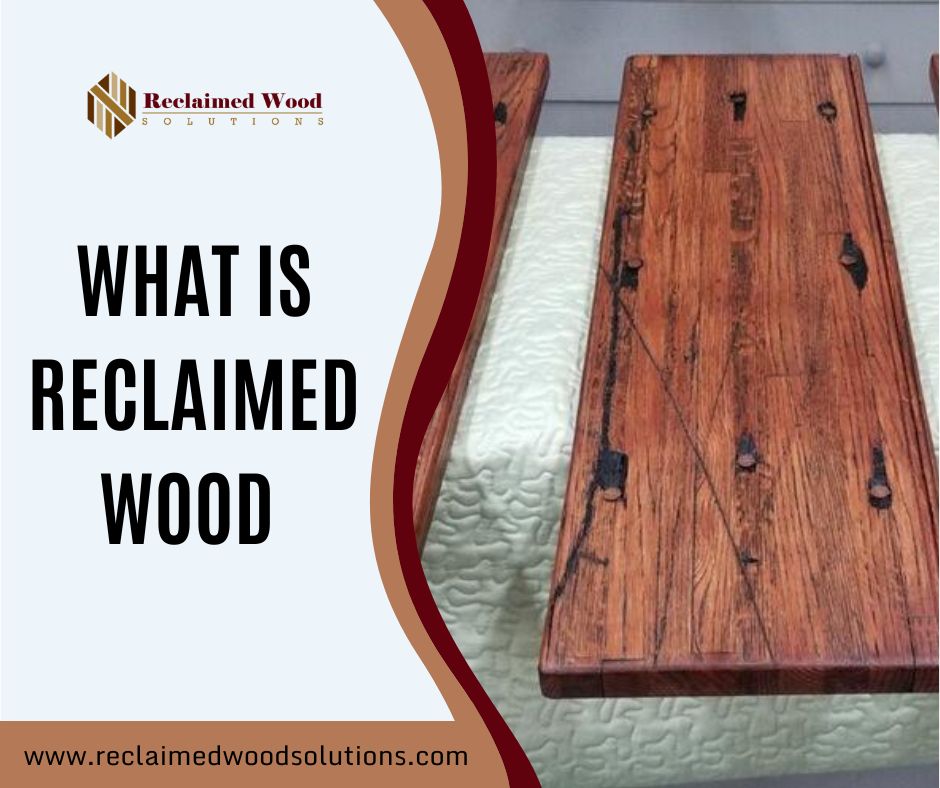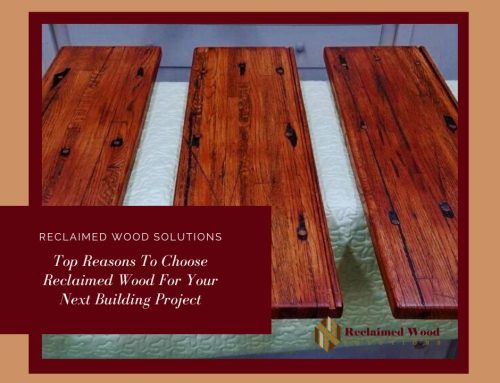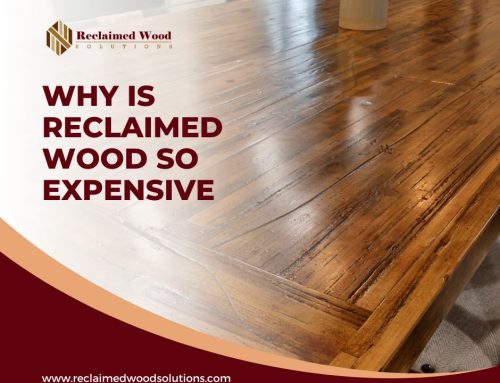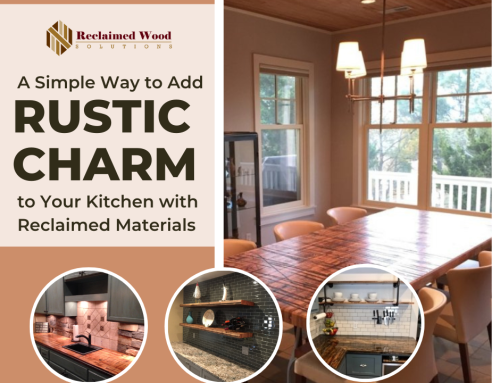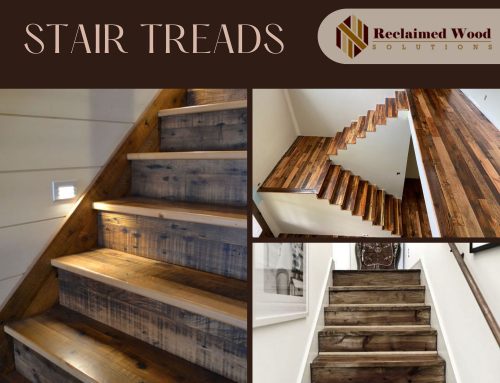Reclaimed wood is wood that has been previously used in a structure or furniture piece. It is upcycled and repurposed for a variety of new uses, such as flooring, siding, furniture, and more. Reclaimed wood is an environmentally friendly choice since it does not require any trees to be cut down and it can also add a sense of character and charm to any project. In this article, we will discuss the origins of reclaimed wood, the benefits and types of reclaimed wood, how to identify it, where to find it, how to care for it, and projects that use it.
Origins of Reclaimed Wood
Reclaimed wood is sourced from a variety of places. It can be found in old buildings that are being demolished, warehouses, barns, bridges, and even some forests. Often times, the wood was originally used in cabinetry, flooring, furniture, and much more. This type of wood is considered to be antique and unique, due to its age and the fact that it has been used in past projects.
Reclaimed wood is often sought after for its unique character and charm. It can be used to create one-of-a-kind furniture pieces, accent walls, and other home decor items. It is also a great choice for those looking to reduce their environmental impact, as it is a sustainable and eco-friendly option.
Benefits of Reclaimed Wood
Reclaimed wood offers many benefits over new wood. Since it has already been used in a variety of projects, it has a unique character and charm that is difficult to find in new wood. It is also a great choice for those looking for an environmentally friendly option since it does not require any trees to be cut down. Additionally, reclaimed wood can be cheaper than new wood since it is already pre-cut and ready to use. Lastly, it can add a sense of history to any project since it was once part of something bigger.
Reclaimed wood is also a great choice for those looking for a sustainable building material. It is often sourced from old buildings, barns, and other structures, meaning that it is already recycled and reused. This makes it a great choice for those looking to reduce their environmental impact. Additionally, reclaimed wood is often more durable than new wood, as it has already been exposed to the elements and has been tested over time. This makes it a great choice for those looking for a long-lasting material.
Types of Reclaimed Wood
There are many different types of reclaimed wood available on the market. These include pine, oak, walnut, cedar, teak, mahogany, and more. Each type of wood has its own unique characteristics that can add to the charm of any project. Additionally, some types of reclaimed wood may have been treated with varnish or sealant in the past, making them more durable than new wood.
Reclaimed wood is also often more affordable than new wood, making it a great option for those looking to save money on their projects. Additionally, reclaimed wood can be a great way to add a unique, rustic look to any project. It can also be a great way to help the environment, as it is a sustainable and eco-friendly option.
How to Identify Reclaimed Wood
Identifying reclaimed wood can be tricky since it is not always easy to tell the difference between new and reclaimed wood. One way to tell is by looking for signs of wear or damage on the wood. Additionally, the patina or color of the wood can be an indicator since reclaimed wood often has a more faded or darker shade than new wood. Lastly, if the wood has any nails or screws in it, it is likely to be reclaimed.
Another way to identify reclaimed wood is to look for signs of previous use. Reclaimed wood often has markings from its previous use, such as saw marks, drill holes, or other signs of use. Additionally, the grain of the wood can be a good indicator since reclaimed wood often has a more varied grain pattern than new wood. Finally, the smell of the wood can be a good indicator since reclaimed wood often has a more distinct smell than new wood.
Finding and Purchasing Reclaimed Wood
Reclaimed wood can often be found at local lumber yards or home improvement stores. Additionally, there are many online retailers that specialize in selling reclaimed wood. It is important to research the options available and compare prices before making a purchase. Additionally, buyers should ensure that they buy reclaimed wood that is certified by a reputable organization so they know they are getting quality materials.
Caring for and Maintaining Reclaimed Wood
Reclaimed wood should be cared for and maintained properly in order to ensure its longevity. It should be regularly cleaned with a dry cloth or light vacuum and treated with a sealant or varnish every few years. Additionally, it should be kept away from direct sunlight and extreme temperatures as these can cause the wood to warp or crack. Lastly, it is important to check for any signs of wear or damage regularly so that any repairs can be made before they become major issues.
Projects Using Reclaimed Wood
Reclaimed wood can be used in a variety of projects such as furniture, flooring, countertops, walls and more. It is also often used in cabinetry and shelving due to its unique character and charm. Additionally, it can be used in small DIY projects such as picture frames, signs and other decorative pieces.
Environmental Impact of Using Reclaimed Wood
Using reclaimed wood can have a positive environmental impact since it does not require any trees to be cut down. Additionally, since the wood has already been harvested from other sources such as buildings or warehouses, it does not contribute to deforestation. Lastly, using reclaimed wood reduces waste since it is being repurposed for new uses rather than discarded.
Alternatives to Reclaimed Wood
While reclaimed wood is an excellent choice for many projects, there are some alternatives available on the market such as recycled lumber or engineered wood products. Recycled lumber is made from scrap materials that have been recycled and reshaped into pieces that can be used for projects. Additionally, engineered wood products are made with a combination of real and synthetic materials that are treated and shaped into usable pieces. Both options are eco-friendly and provide an alternative to reclaimed wood.
Reclaimed wood is an excellent choice if you are looking for unique materials that offer character and charm. It is also an environmentally friendly option since it does not require any trees to be cut down. Additionally, proper maintenance and care will ensure that your project using reclaimed wood will remain beautiful for years to come. Whether you are looking for flooring, furniture, cabinetry or other pieces for your project, reclaimed wood can offer the perfect solution.

